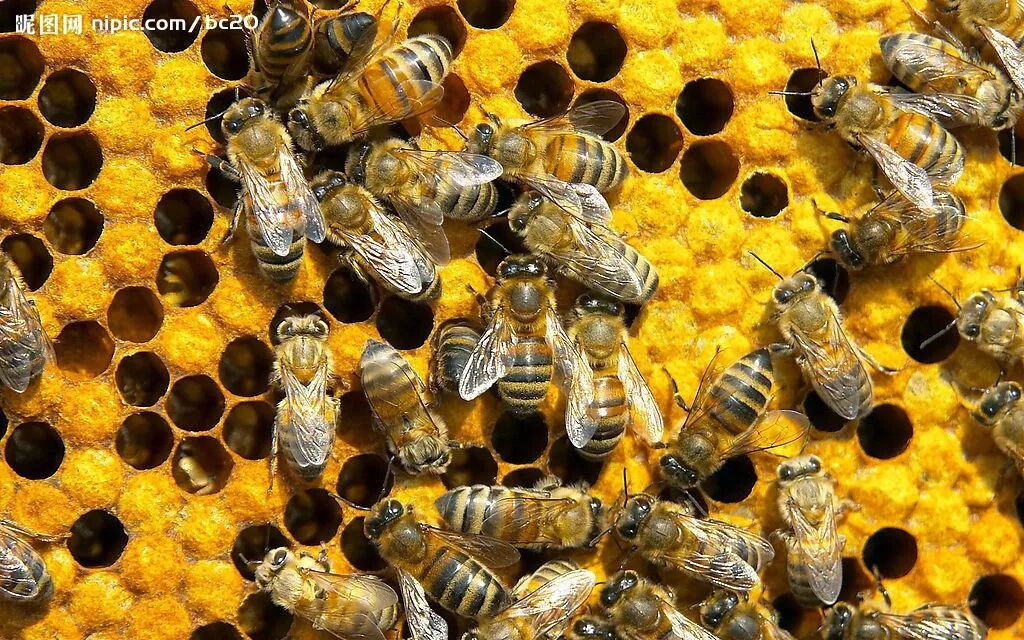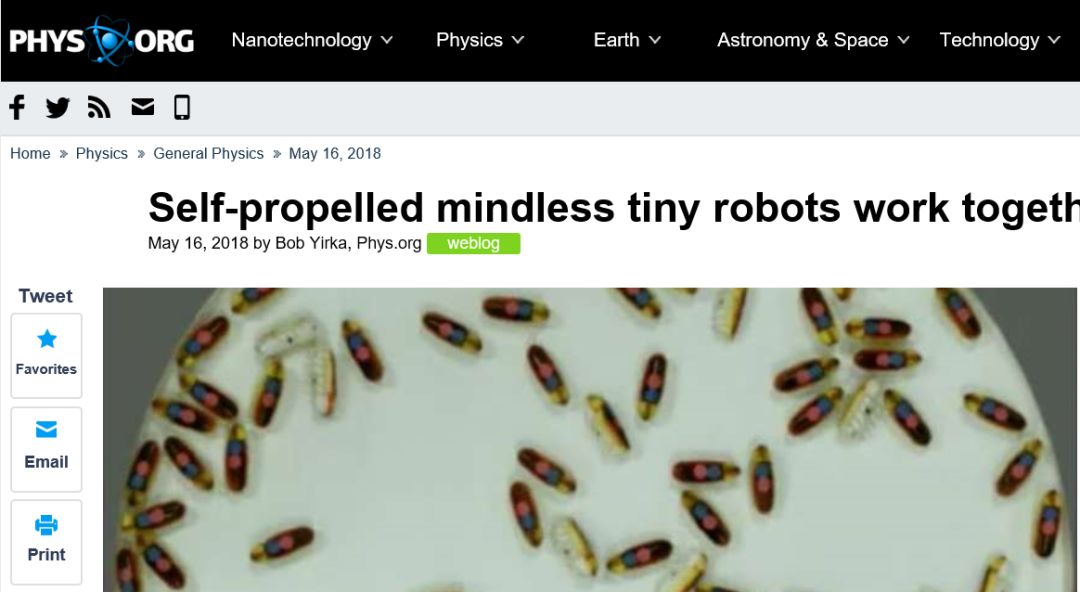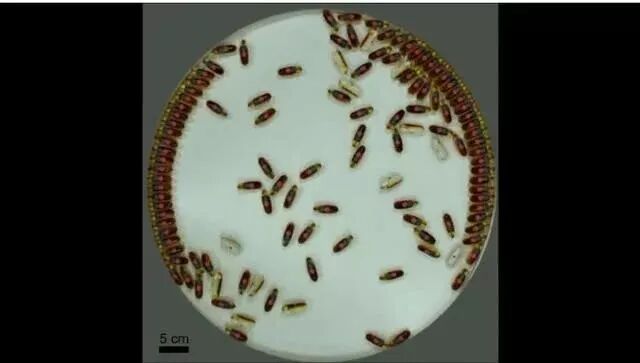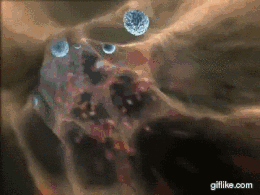We have seen many microrobots,
many of which are inspired by insects,
some of which can intentionally or unconsciously act collectively to complete a “task”
such as bees, locusts, and ants…

Recently, researchers from the University of Bordeaux in France discovered that unconscious microrobots can collaborate like collectively acting insects and move barriers! The experiment was published in a paper in the journal Physical Review Letters.

Since these are unconscious robots, how do they collaborate?
Previous studies have shown that small autonomous robots without computer control tend to “wander” irregularly in a limited space like molecules in a gas. In today’s experiment, the researchers from Bordeaux University increased the number of robots.
All these microrobots are battery-powered, shaped like small insects, each about 4 centimeters long. They have small legs that are not easily noticeable at the bottom of their bodies. When placed on a table, they can move forward at a speed of about 30 centimeters per second through vibrations.

In the first experiment, the researchers placed these microrobots in a flexible closed loop, and the result was that these robots moved very similarly to the trajectories of gas molecules in a closed space, randomly rotating around the circle.
However, when more “peers” joined, the robots began to split into two categories, one category moved randomly like gas, while the other gathered along the boundary, forming a barrier at the edge.
Moreover, as these microrobots moved, the members of the two groups constantly changed!
There is truth in the video
☟
In the second experiment, researchers found that these microrobots could collectively push their shell forward and through a hole structure! Similar to bacteria invading cells.

Unlike the flexible loop in the first experiment, the second experiment used a rigid closed loop, allowing the entire loop to move to another plane.
At this point, we found that the robots would gather at one end of the closed loop and then move it in a certain direction. The experiment found that these microrobots could actually manipulate their path. At one moment, by squeezing the barrier, they could pass through a hole structure, resembling the movement of bacteria invading cells. Researchers even found that these robots could also manipulate their barriers around circular objects.
The results of these two experiments are very significant, perhaps they can explain how insects or microorganisms perform complex behavioral manipulations. Additionally, this may guide the design of microrobots, enabling them to move within biological systems…

Recommended ReadingVisit Interviews
Academician of the Engineering Academy, Cai Hegao | Professor of Beihang University, Wen Li | Deep Wake Technology, Yuan Peijiang | Deep Basket, Wei Jiancang
Company Reports
Yifei Intelligent Control | Deep Wake Technology | Fanuc | Royole Technology | Ubot | Yushu Technology | Zhen Di Technology | iRobot
Cutting-edge Technology
① Industrial Sewing Robots | Unmanned Intelligent Mining Robots | Automation Workshop for Chinese Dumpling Production Line | MIT Construction Robots
② Service Sony Robot Dog Aibos | Folding Robot FoldiMate | Japan Cycling Robot | Tactile Mechanical Hand LUKE | Da Vinci Robot | Robot Band | Flying Car | Collection of Japanese Nursing Robots
③ Special Toyota Humanoid Robot | Underwater Robot Explorer | Russian Humanoid Robot FEDOR | American Heavy Machinery Guardian GT | Boston Dynamics Atlas 360-degree Backflip | Chinese Quadruped Robot Laikago | Beihang University Four-Wheeled Robot | Florida Research Institute “Mechanical Ostrich”
④ Bionic 3D Printed Bionic Robots | University of Tokyo Sweating Humanoid Robot | Flexible Batteries | Harvard Soft Muscles | Harvard | Harvard RoboBee
Previous Lectures
Intel Dr. Song Jiqiang | Zhongmin International Liu Guoqing | Professor Chen Xiaoping | Yushi Technology Jiang Yan | Zhejiang University Professor Xiong Rong | Changjiang Scholar Sun Lining | Shanghai University Unmanned Boat Expert Group | New松 President Qu Daokui | Beihang University Professor Wang Tianmiao | 863 Expert Li Tiejun | Beijing University of Posts and Telecommunications Professor Liu Wei | Tsinghua University Professor Deng Zhidong | Tsinghua University Professor Sun Fuchun | Tianjin University Doctoral Supervisor Qi Jun Tong | Harbin Institute of Technology Professor Du Zhijiang | Changjiang Scholar Wang Shuxin | Gan Zhongxue Professor | Silicon Valley Maker Zhao Sheng
Warm Reminder
For cooperation intentions, article reprints, please contact Dr. Tang
Business Cooperation: 13810423387 (same WeChat)
Content Cooperation: 15611695072 (same WeChat)